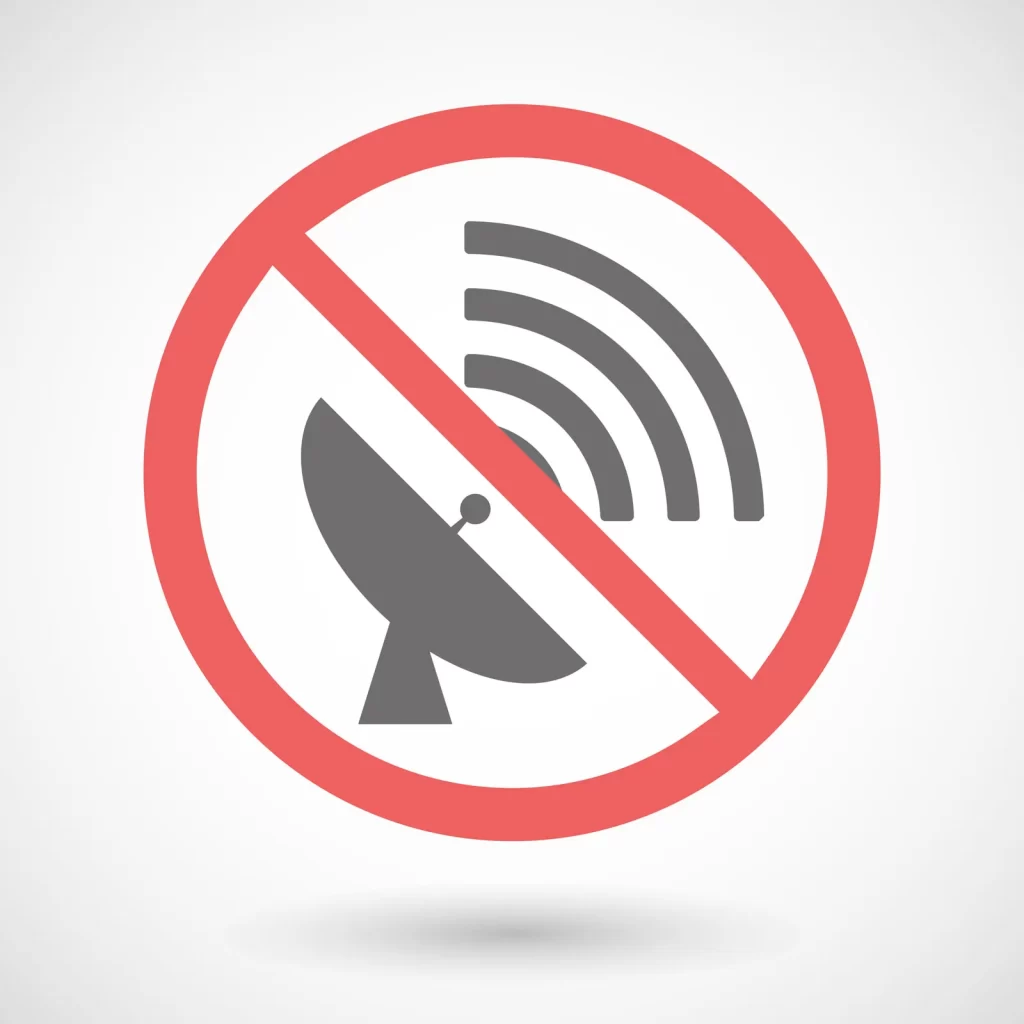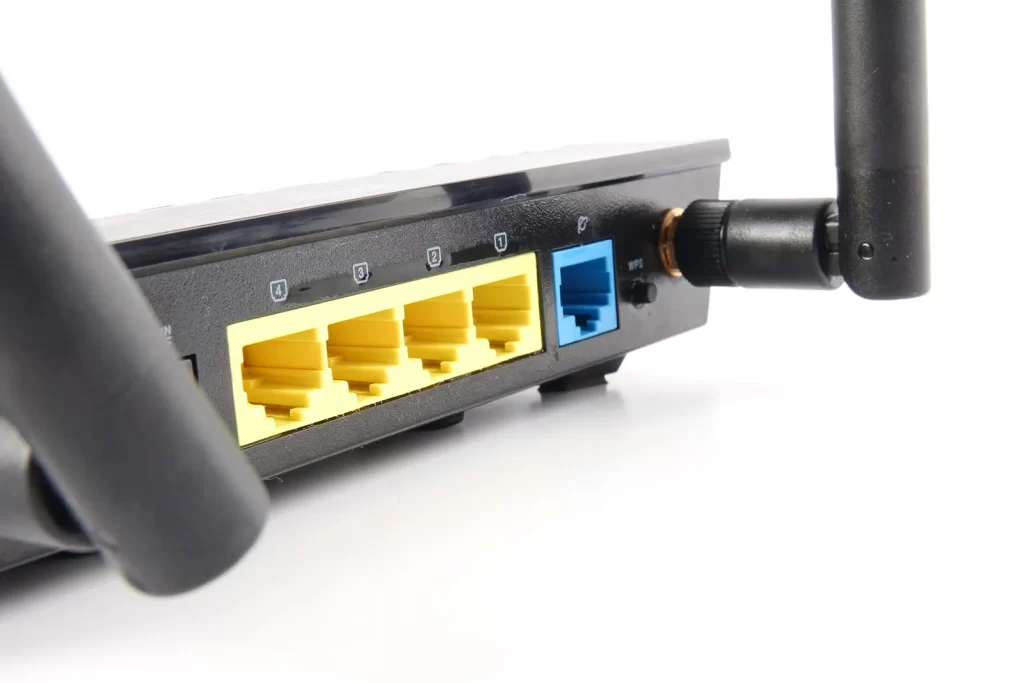Is your service satellite-based?

No, it is not. The equipment we install at your site does resemble the equipment used for satellite TV and Internet providers, but our equipment is located on towers just a few miles from your home, not on a satellite in geosynchronous orbit, 22,300 miles above the Earth.
Why has my internet gotten slower over time?

This is the sort of question we’d need much more detail to answer accurately. If you feel your connection isn’t performing as well as it used to, please call us, and we’ll work on troubleshooting what might be happening. We can certainly test your connection to see if the actual, raw speed has dropped, but in most cases, the speed drop is a subjective one. That is, the equipment and plan you are using are still moving the same number of bits per second they always were able to, but your household’s demand for data has increased.
How can we increase my speed?

In some cases, if you already have the latest hardware installed, it can be as simple as just changing the bandwidth plan you are subscribed to. That process starts with you contacting us, and can be completed in less than 5 minutes. If you need a hardware upgrade to get to the speed plan you want, it becomes a question about lines-of sight, but many of our towers are already upgraded, so the existing line-of-sight should be adequate in those cases.
Why aren’t you as fast as cable or fiber systems are in the city?

In most of our service area, we are! Unlike cable or DSL internet, which provides wired service via buried underground copper or fiber optic cable directly to your neighborhood, our service is wireless. A system which operates over a cable can utilize a very large bandwidth, because the cable is completely isolated, whereas wireless equipment must use a much smaller chunk of the available wireless spectrum, because it has to share the airwaves. This limitation results in restrictions on the speed capabilities of the connection from the Access Point on the tower to the Subscriber Module at your site.
The good news is that the new technology for the industry – which we are currently deploying – can easily support speeds up to 500Mbps, which is on par with many cable providers’ offerings.
Why might I need a new router to get the hardware upgrade?

The older equipment had relatively limited throughput well under 100Mbps. This new hardware supports much higher speeds, so the manufacturer decided not to support the slower 100M physical Ethernet connections. Besides, we have several plans which exceed 100M, and for that reason, as well as other problems which can occur whenever a 1000M device is talking over a 100M port, having a 1000M Ethernet connection definitely makes a huge difference.
Any new router should come with these 1000M (“Gigabit”) ports standard, and we’ll be happy to look up your router (based on its model number) to let you know if it is or isn’t compatible.
